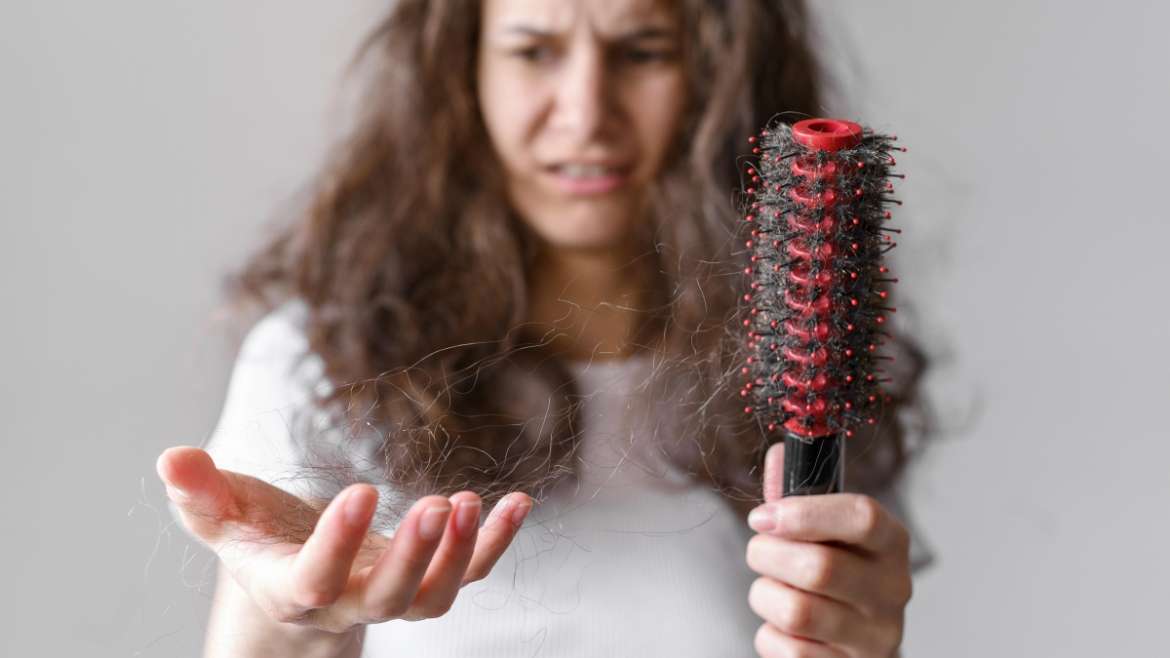Hair fall is a common issue plaguing both men and women. On average, a person sheds approximately 100 hairs per day under normal circumstances. Anything more than this is considered as hair loss. Evaluating the exact cause of hair loss is an important part of hair fall management, as it provides an accurate guide to treat the patient.
Major Types of Hair Loss
Hair loss commonly fall in the following categories
- Androgenetic alopecia (male pattern hair loss & female pattern hair loss): This is the most common type of hair loss and predominant in men than in women
- Alopecia areata - Increases dermal collagen and elastic fibres
- Telogen effluvium - This is usually caused following a stressful event
- Traction alopecia - This type of hair loss occurs due to excessive strain on the hair shaft, like tying a tight ponytail or pulled back hairstyle
- Trichotillomania - Self-inflicted hair loss due to pulling
- Cicatricial alopecia - In this inflammatory condition, hair follicles are destroyed, causing scarring and permanent hair loss
Hair Loss Treatments at Skinessence
At Skinessence, we have the most advanced hair loss treatments to stimulate your scalp and regrow lost hair with guaranteed results. We follow the following steps to ensure the best treatment for your hair loss condition.
- The most important step of the treatment of hair loss is getting to the correct diagnosis. Once this is established, the treatment, diet and lifestyle recommendations are made.
- The medical line of management will be initiated with minoxidil, hair peptides and androgen receptor blockers.
- Other treatments such as Microneedling, PRP therapy, GFC Therapy, Hair transplantation, Scalp micropigmentation is done depending upon the grade of hair loss.
Frequently Asked Questions
Hair loss can be triggered by many factors some of which are genetic, others are due to environmental and personal hygiene factors. Here are some of the most common causes of hair loss.
- Genetics
- Hormonal influence: Mainly due to androgens, hypothyroidism.
- Infections
- Medications: eg OCP
- Sudden weight loss, crash diets
- Nutritional deficiency
- Childbirth
- Chemical hair treatments
Hair loss assessment is carried out through the following procedures
- Medical History
- Photographic evaluation
- Hair analysis using a trichoscope
- Other tests as necessary for a particular condition
Usually, improvement in hair fall happens within 2 months of starting treatments. Improvement in the thickness of hair may take up to 6 months after the treatment starts.

